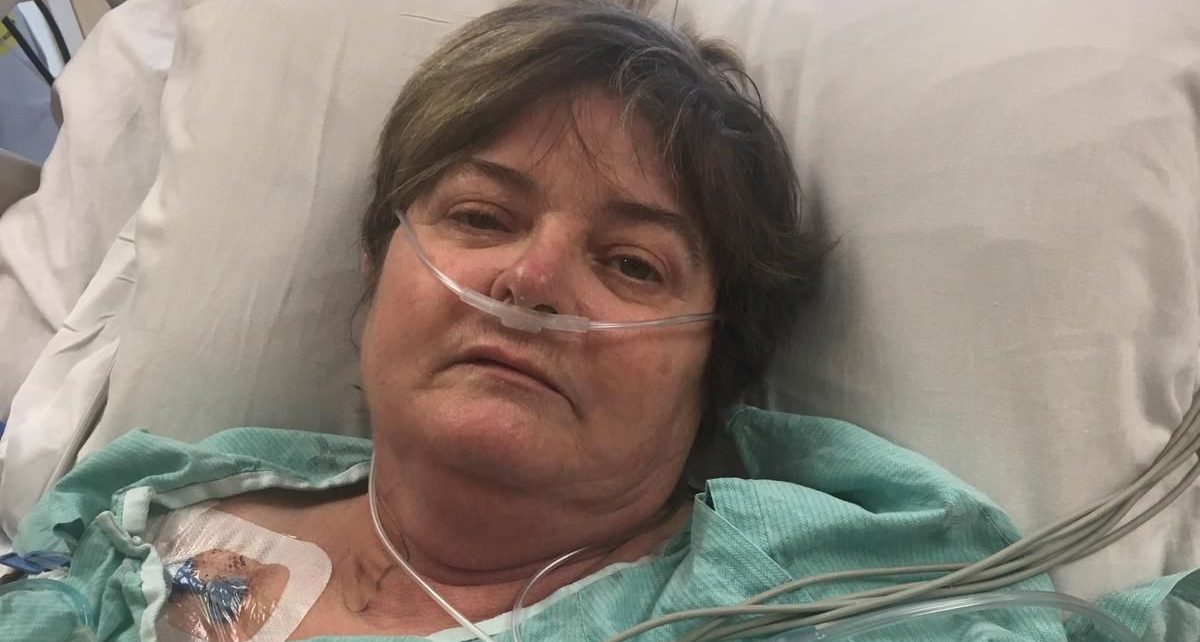Toronto doctors have successfully transplanted lungs from deceased donors with hepatitis C into patients in need of the life-saving organs, followed by treatment to prevent them from becoming infected with the potentially liver-destroying virus.
Since October, surgeons at Toronto General Hospital have performed the transplants in 11 patients as part of a pilot study to evaluate the safety of using lungs from hepatitis C-infected donors — a previously untenable idea.
That’s because antiviral drugs can now cure the disease in 98 per cent of people infected with hepatitis C, which affects an estimated 250,000 Canadians, about 40 to 70 per cent of them unaware they harbour the blood-borne virus.
“With the opioid crisis and persistent high rates of intravenous drug use, we have a great number of potential lung donors who are hepatitis C-positive, many of whom didn’t even know they were sick when they were alive,” said Dr. Marcelo Cypel, a thoracic surgeon at TGH and principal investigator of the study.
“The current protocol is to not use these organs, but we started to question if that still made sense in an era when direct antiviral agents can cure hepatitis C,” he said.
So last fall, the researchers embarked on the study, with a goal of enrolling 20 patients in desperate need of a lung transplant.
What makes these transplants possible is the use of a dome-like device known as the ex-vivo lung perfusion, or EVLP, system developed at TGH in 2008. Donor lungs are bathed in a special solution for six hours, allowing doctors to evaluate their condition and assess their suitability for transplant.
In the case of those from hepatitis C-positive donors, perfusion removes about 85 per cent of residual blood in the lungs that carries the virus.
Read more:
Canadians born between 1945 and 1975 should be tested for hepatitis C, new guidelines urge
Within two to four weeks after the transplant, recipients are tested for hepatitis C and started on a 12-week course of the antiviral drugs to prevent infection of the liver, where the virus naturally takes up residence. Over time — often decades — inflammation caused by the virus can lead to severe cirrhosis or liver cancer.
So far, eight transplant patients have finished treatment for hepatitis C and are now virus-free; two are still being given the drugs; and one is yet to receive the medication.
Eva Runciman, 52, of St. Thomas, Ont., who had developed end-stage chronic obstructive pulmonary disease, or COPD, was among those enrolled in the study.
A long-time smoker, she had reached the point where she needed to be hooked up to an oxygen tank.
“I had trouble breathing if I walked, if I stood to do dishes, if I had a shower,” recalled Runciman, who quit smoking three years ago.
At first she had balked at the idea of a lung transplant, but reconsidered when both her daughter and son said they were about to become new parents, her daughter for the second time.
“I just thought it would be pretty great being a grandma a couple of more times,” said Runciman, who agreed to have lungs from a hepatitis C-infected donor, if they were the first to come available.
Following her single-lung transplant in February and subsequent antiviral treatment, “I am absolutely clear” of the virus, she said. “I feel really good.”
Cypel believes the new protocol will provide “a huge boost in organ donation,” adding roughly 1,000 more donors per year in North America, where about 2,600 lung transplants are performed each year.
In Canada, there were more than 240 patients waiting for a lung transplant in 2016, and about one in five died while on the list because there weren’t enough donor organs.
“So I think it’s a big gain and patients will get transplanted sooner as well, as more organs become available for transplantation,” Cypel said.
Dr. Jordan Feld, a TGH liver specialist and study co-author, said the transplant surgeons approached him about initiating the trial after they noticed a sharp rise in the rate of hepatitis C-infected donors.
Part of that increase has been attributed to the opioid crisis, which has resulted in more young people dying of overdoses as well as being infected with the virus, which can be transmitted through shared needles.
“Obviously, when you first think about infecting someone, it raises some concerns,” Feld said of patients receiving organs from hepatitis C-positive donors.
“But we also recognized that these people are on a transplant list waiting for a life-saving organ, and without a transplant or even a delay in their transplant, it can sometimes be too long a wait and there can be grave consequence if they have to turn down these organs.”
The study results were to be discussed at the Global Hepatitis Summit, a gathering of international clinicians and researchers that begins Thursday in Toronto.
“I hope that if we can show that this is a very safe and effective strategy, which I think our results already show, then I think this can be expanded to other organs,” said Feld. “So we could likely expand this from lungs to kidneys and heart, as well as pancreas and small bowel transplants.
“And it’s important because sometimes one single donor can be a donor of multiple different organs.”






